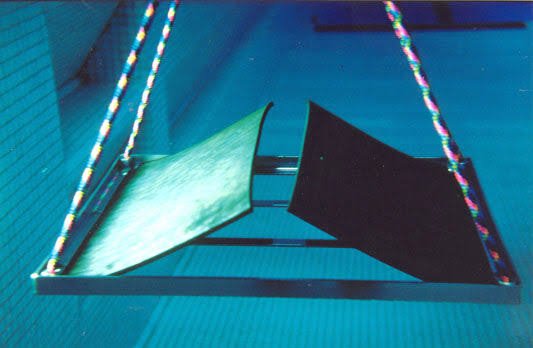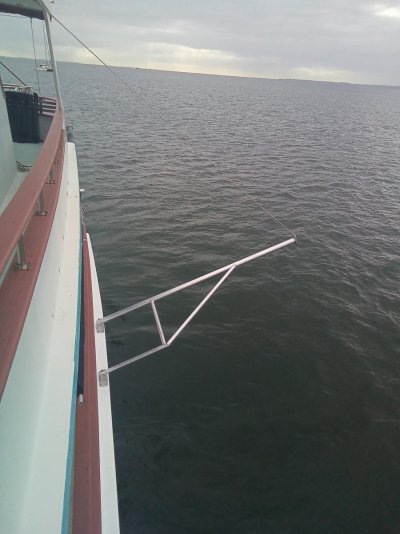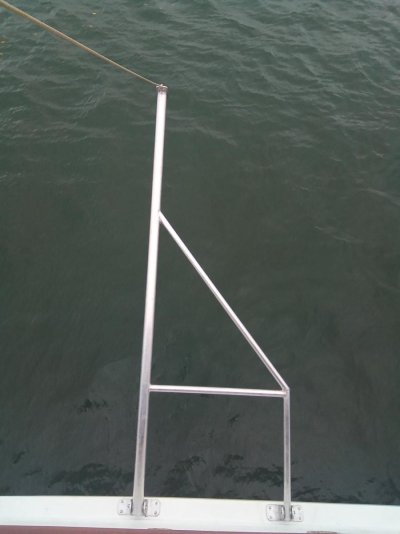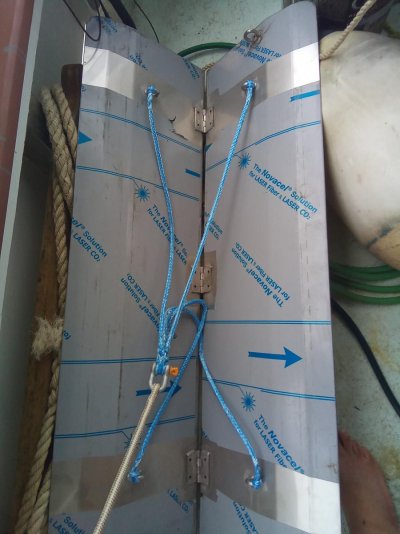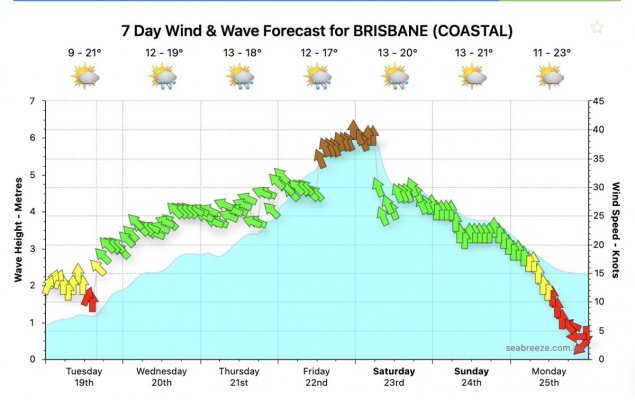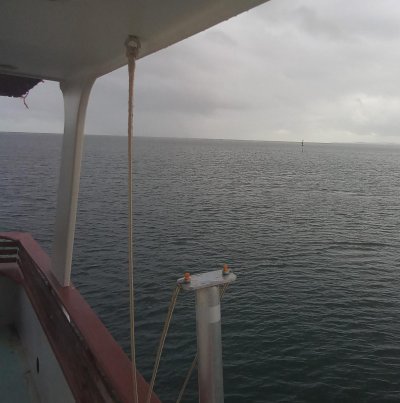socalrider
Guru
- Joined
- Feb 14, 2020
- Messages
- 1,061
- Location
- usa
- Vessel Name
- SEA WOLF
- Vessel Make
- 1979 CHB 41 Trawler
Hoping I'm not too late to throw in my 2 cents.
Incredibly helpful post - thanks. Would love to see pics of your setup.
I’ve been trying to sort out how to rig up poles. Our SoCal anchorages are rolly! I don’t think I can do 1/2 beam (13.5’ beam and no mast) but thinking of a pole run off the rub rail and then a line up to the flybridge cap rail or thereabouts.


